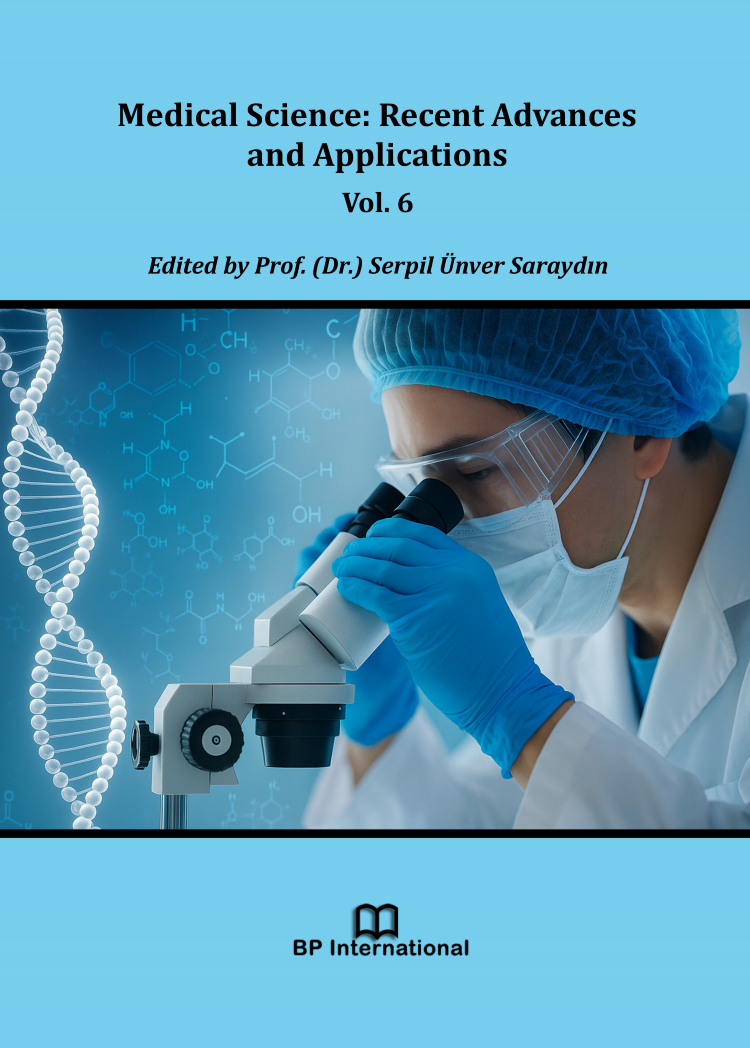Simulation Based Learning: Bridging Theory and Practice
Medical Science: Recent Advances and Applications Vol. 6,
13 June 2025
,
Page 45-55
https://doi.org/10.9734/bpi/msraa/v6/5634
Abstract
Simulation-based education offers an innovative method for replicating real-life situations with adequate realism to meet targeted learning outcomes, all while ensuring safety for both learners and patients. Originally utilized in high-risk fields such as aviation, defence and nuclear energy, simulation has now become integral to healthcare and other professional sectors. It promotes active, experiential learning through repeated practice, real-time feedback, and reflective evaluation. The objective is to highlight the importance of incorporation of Simulation-based learning strategies, to underline the types of systems available at our disposal for the same and to identify the processes involved in the path of implementation of such innovations in Medical Education. Simulators stand to impact Medical Education by improving exposure to real-life scenarios and their management among the trainees as well as they may also serve to improve the hands-on skills of the trainees while dealing with such situations in real life, ultimately improving the efficiency of healthcare delivery in terms of time and quality both. Simulators are categorised by type and fidelity, each addressing different training objectives. Successful simulation design depends on well-defined goals, authentic scenarios, integrated feedback, and alignment with curricular needs. Its implementation demands institutional commitment, educator training, and a phased approach. In conclusion, simulation strengthens skill acquisition, knowledge retention, and learner confidence within a risk-free, interactive learning environment and should be considered as an adjunct learning tool for efficient communication of medical knowledge.
- Experiential learning
- fidelity
- skill acquisition
- simulators
